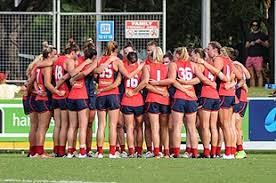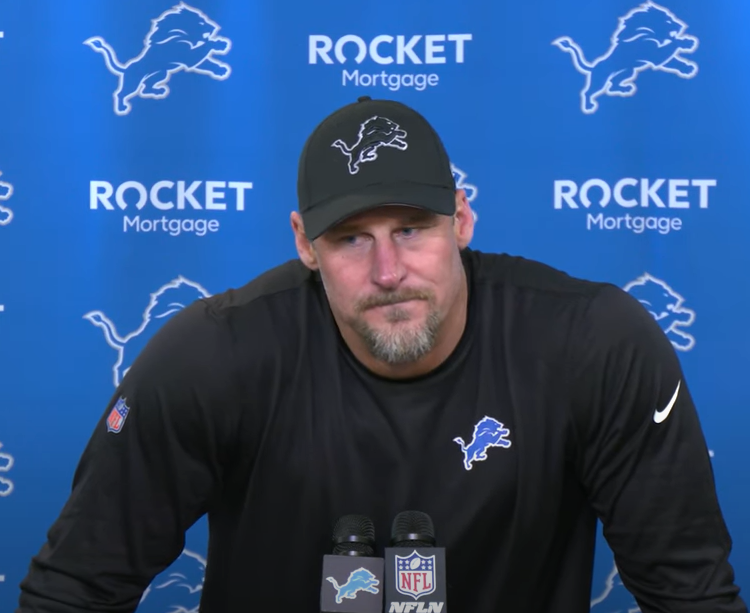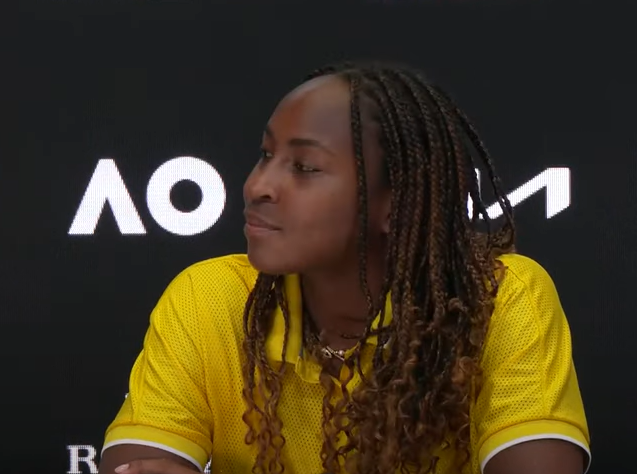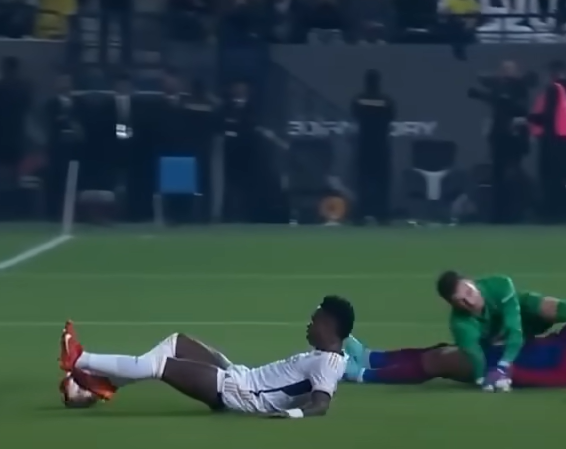Women’s sports have often been overlooked in the media, with coverage being disproportionately focused on male athletes. Nonetheless, ongoing years have seen a change in the scene, with more consideration being given to female competitors and their accomplishments. This change has been driven by a number of factors, including the growth of women’s sports leagues and organizations, increased media coverage, and the rise of social media.
One of the most significant developments in women’s sports in recent years has been the growth of women’s professional leagues. In the US, the Ladies’ Public B-ball Affiliation (WNBA) has been in activity beginning around 1997 and has seen a consistent expansion in notoriety throughout the long term. The league has been successful in attracting top talent, with players such as Maya Moore and Diana Taurasi becoming household names.
Another important league is the National Women’s Soccer League (NWSL), which was established in 2012. The association has seen consistent development lately, with additional groups being added and the nature of play getting to the next level. The outcome of the US ladies’ public soccer group, which has won four FIFA Ladies’ Reality Cup titles, has likewise assisted with raising the profile of ladies’ soccer in the country.
In addition to the growth of professional leagues, there has also been an increase in media coverage of women’s sports. Major sports networks such as ESPN and Fox Sports have dedicated more airtime to women’s sports, with regular coverage of events such as the WNBA playoffs and the Women’s College World Series. This increased coverage has helped to raise awareness of women’s sports and has given female athletes a platform to showcase their skills.
Social media has also played a significant role in the growth of women’s sports. Female competitors have had the option to interface with fans and advance their games through stages like Instagram and Twitter. This has helped to build a following and generate interest in women’s sports.
Despite these positive developments, there are still challenges that women’s sports face. One of the greatest is the orientation pay hole, which is as yet predominant in many games. Female athletes often earn less than their male counterparts, despite having similar levels of talent and achievement. This is something that needs to be addressed if women’s sports are to continue to grow and thrive.
In conclusion, the past decade has seen significant progress in the coverage of women’s sports and female athletes. The development of expert associations expanded media inclusion, and the ascent of virtual entertainment have all added to this change. Nonetheless, there is still work to be finished as far as tending to the orientation pay hole and guaranteeing that female competitors get the acknowledgment and pay that they merit.












